Having spent a couple of days in Bolivia’s spiritual heart, Sucre, where we potted around the beautiful colonial quarter (albeit in the rain) and visited the fascinating dinosaur park where 65 million-year-old footprints of various prehistoric creatures can be seen peppering a cliff face, we flew up to La Paz and from there drove to Lake Titicaca.
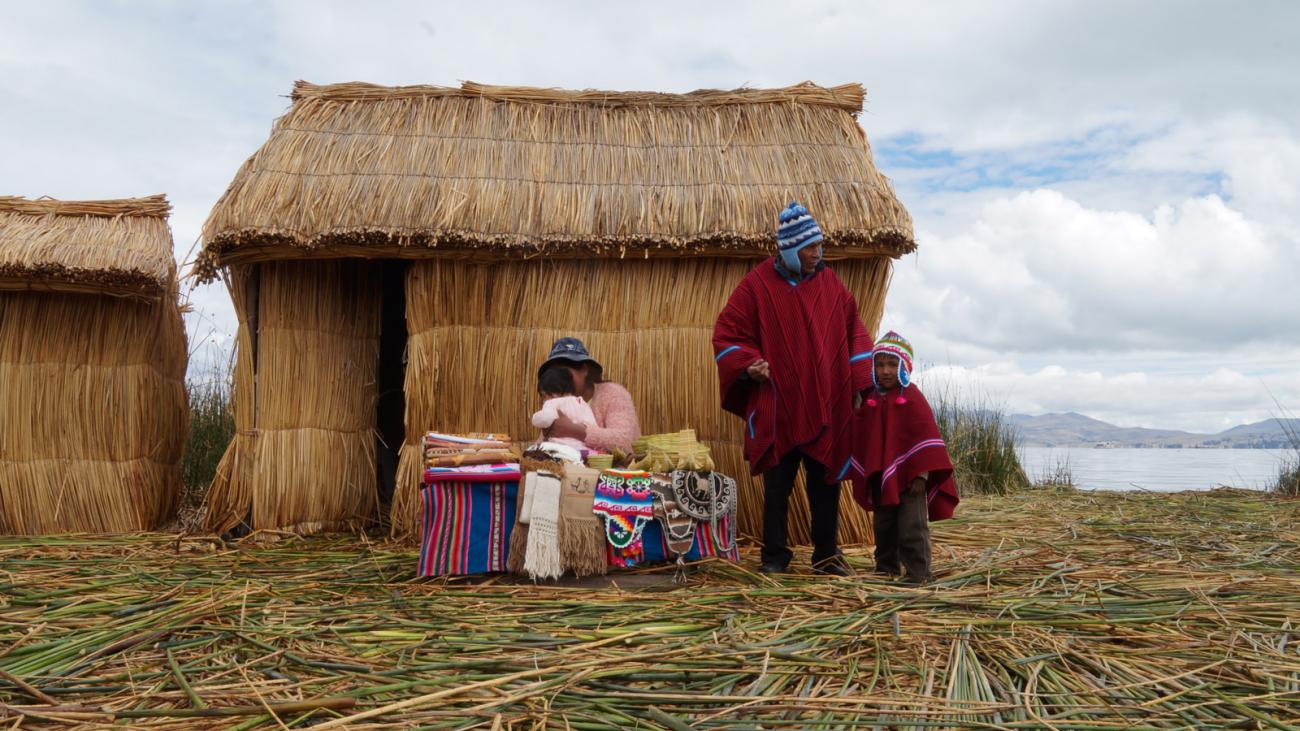
Sitting at 3800 metres above sea level and covering 8500 square kilometres, Lake Titicaca is the world’s largest high altitude lake. It’s a stunning place, where you can meet the region’s original reed boat makers – one of whom worked with Thor Heyerdahl on Ra II, which crossed the Atlantic – and visit local communities that still live on floating reed islands. You can take a boat to visit Isla del Luna (Moon Island), where there is an impressive pre-Inca ruin, and from here carry on to Isla del Sol (Sun Island).
Rising to 350 metres out of the lake, with its khaki hillsides cut into multiple terraces, Sun Island is home to around 4000 inhabitants. Whilst it is now wired to the grid, there are no roads, cars, motorbikes, tractors or combustion engines of any sort – and no police. As they have done since before the days of the Incas, the inhabitants get on with their simple farming life, running their own affairs.
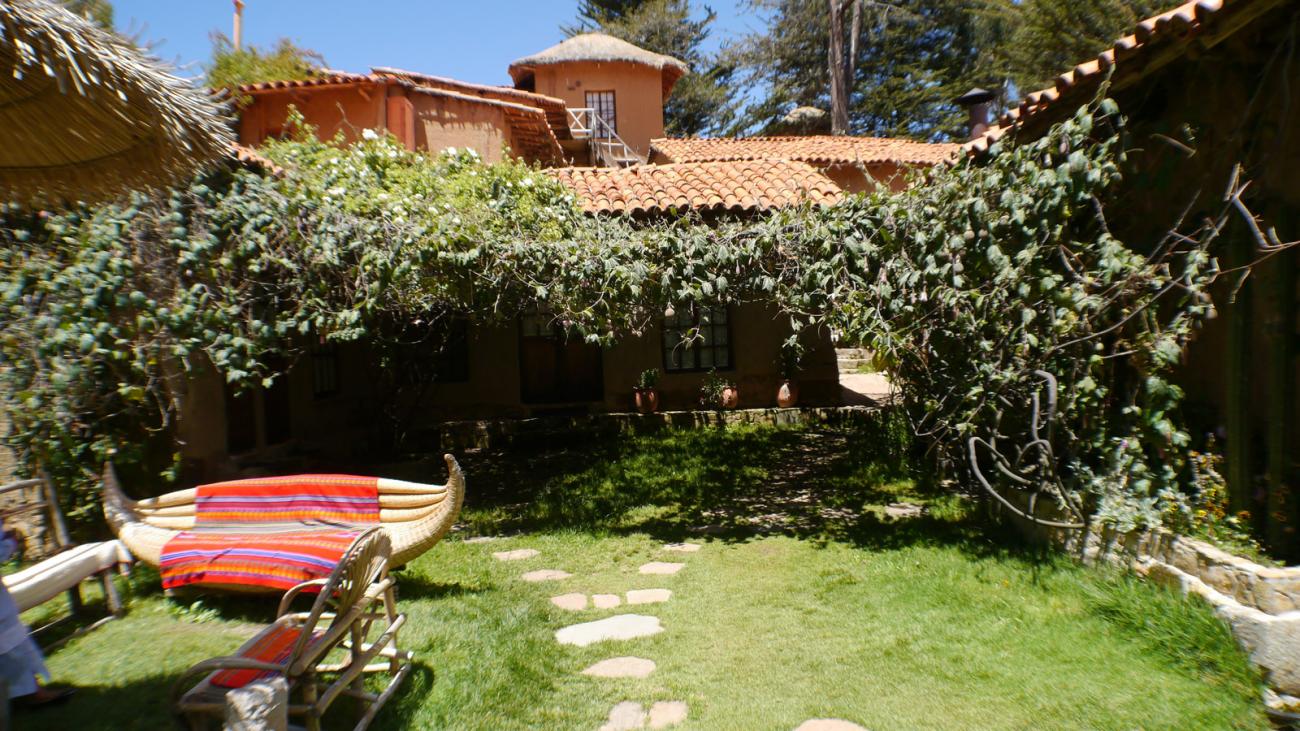
We arrived about midday with the sun high, shining down from a clear sky. We climbed off the boat and walked up the rickety jetty to where a man was waiting, holding onto a llama and a mule. Having loaded our bags onto the two pack animals we trekked up the hillside path, passing terraces where husbands and wives toiled together planting potatoes. From the top, looking back across the vast expanse of shimmering water, where far below tiny boats pottered to and fro, it appeared we were somewhere in the Mediterranean – perhaps the Greek Islands forty years ago – not high up in the Andes. We passed a pretty little church and entered our charming eco-lodge. A Wild Frontiers group had just checked out. I hope they were as impressed as I was… a quainter and prettier place would be hard to imagine.
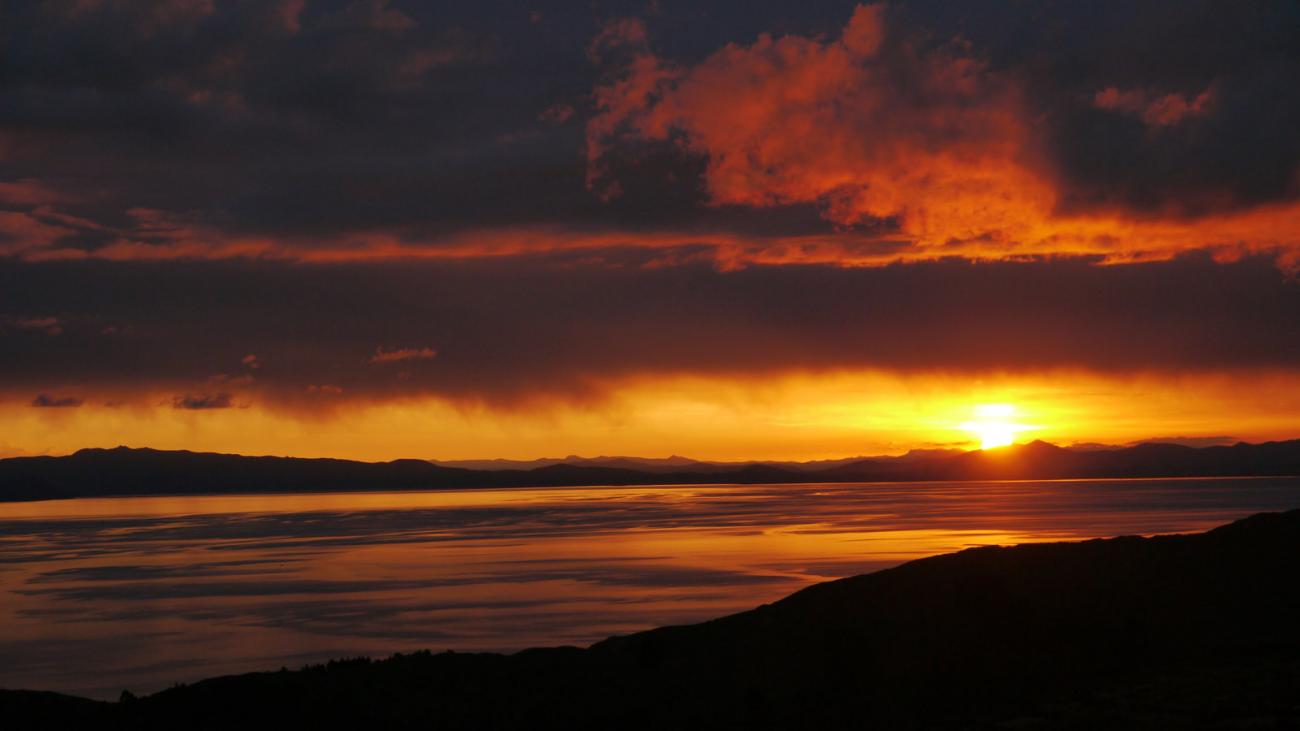
Having had lunch in the garden we walked the narrow path around the quiet island, stopping every now and then to allow donkeys and llamas, ushered on by their local herders, to pass. They all offered a friendly buenas tardes. We sat on a ridge, looking out over the lake towards the snow-capped peaks of the high Andes, and enjoyed the calm peacefulness of the place. Later, as the sun was setting, we climbed to the highest point on the island and watched the sky burst with brilliant reds and oranges.
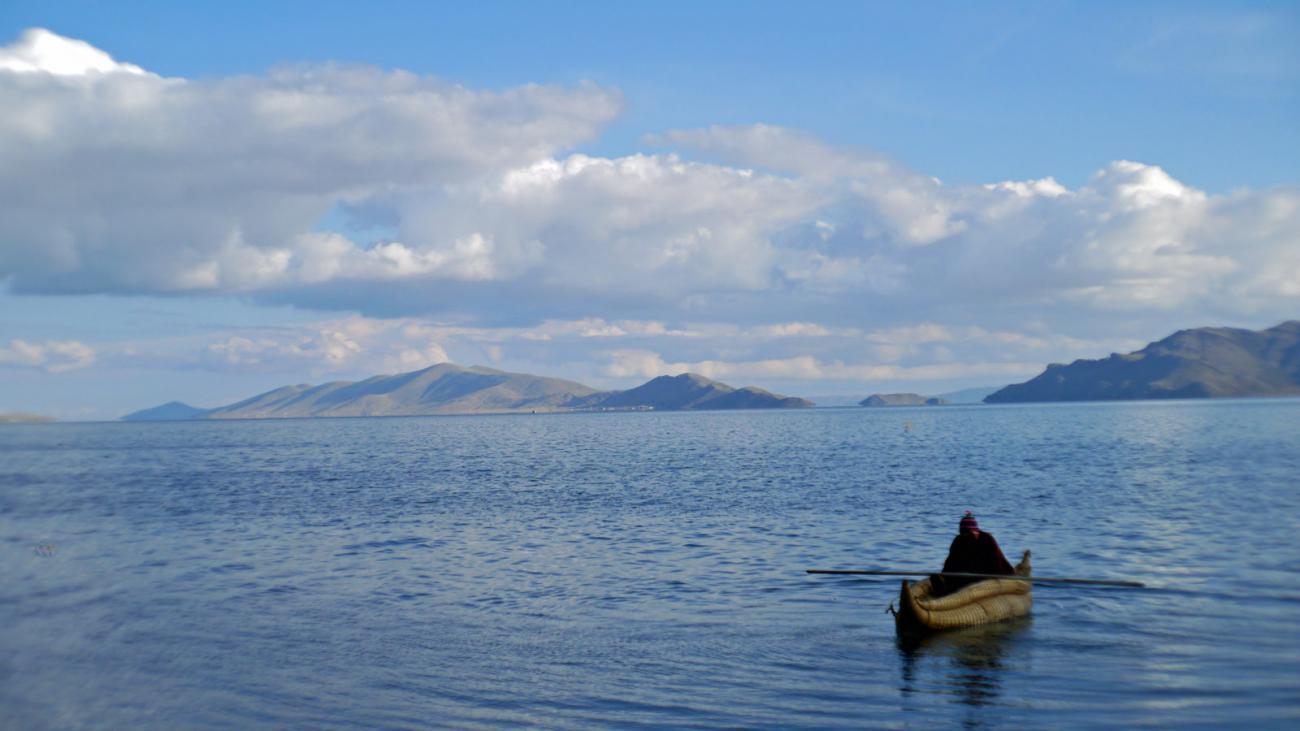
There are those that say the Andes, and in particular Lake Titicaca, is in a very auspicious position in terms of the world’s energies. They say here you can shed your negative force and replenish yourself with positive vibes. I’m not sure about that but I have to say, sitting on this island, staring out across this great inland sea, where the only sound was the light wind whistling through the grass and the occasional donkey braying, I was overcome with a wonderful sense of calm.
Having visited the country’s foremost archaeological site, Tiwanaku, we spent two days in La Paz – a surprisingly interesting place – and I am now sitting on a plane bound for Peru.
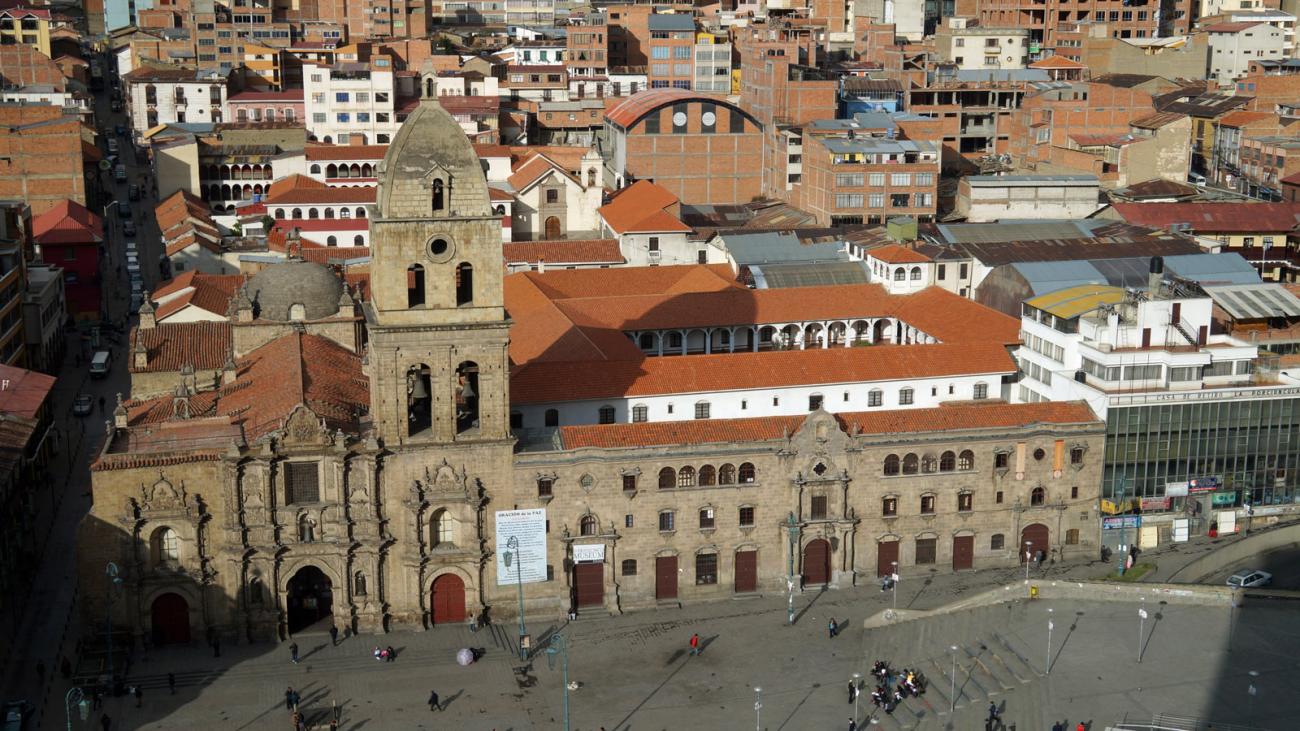
Bolivia is an interesting country. More challenging than her neighbours, with little in the way of luxury and requiring a great deal of demanding travel, she is a country that does not give up her charms easily. But give her a chance and what you’ll find are some of the most interesting and picturesque urban centres, dramatic natural wonders and, as the South American country with the highest percentage of indigenous peoples, arguably the richest culture the continent can offer. I think of it this way – if Chile, Brazil and Argentina are great for an alternative holiday, Bolivia is perfect for adventure.
A traveller's destination, not a tourist's; no wonder those in the office love it so much.
